From “The Office” to “Pitch Perfect,” a cappella has increasingly found itself as a cultural flashpoint within popular media. At Georgetown University, the a cappella groups foster a sense of community among their members that requires a large time commitment on the part of students hoping to find chances to sing.
A cappella, which is singing without instrumental accompaniment, has had a place in the Georgetown music scene for decades, with the Phantoms and the GraceNotes both founded in the 1980s. Today, there are seven university-recognized a cappella groups on campus, and each one offers something distinct for students.
Part of the appeal of a cappella, both for people who sing and spectate, is that it can serve as a stress reliever. A cappella music can also offer an artistic escape, according to Gabriela Gura (COL ’21), who currently serves as the business manager of the Phantoms.
“I really like singing, so I really wanted to do it in college, and it’s also just such a nice break from actual work because this requires just being able to sing,” Gura said in an interview with The Hoya.
In all iterations of a cappella, the act of making and listening to music creates the positive experience of delving into musical exploration. Members of a cappella groups get to share what they are genuinely passionate about with like-minded people in a relatively stress-free environment — they are able to explore a cappella music without the pressure of grades or credit.
These groups offer enjoyment in being able to refine musical abilities in a more informal and enjoyable way, according to Olivia Giacomo (COL ’21), president of GraceNotes, an all-female a cappella group.
“It’s a really nice way to combine love of music with more of a relaxing atmosphere so it’s not strictly classical — you also get to do songs that people are familiar with and perform it that way, but it’s still super fun to practice sight reading and blending and stuff like that,” Giacomo said in an interview with The Hoya. “It’s a nice way to get involved, and it’s a nice way to meet other kids who are interested in that without necessarily being in class and being graded.”
Similarly, audiences of a cappella performances are able to de-stress for even just a few minutes by listening to their classmates perform. In a place as stressful as a college campus, a cappella can be soothing for audiences simply by allowing the opportunity for engagement with the arts.
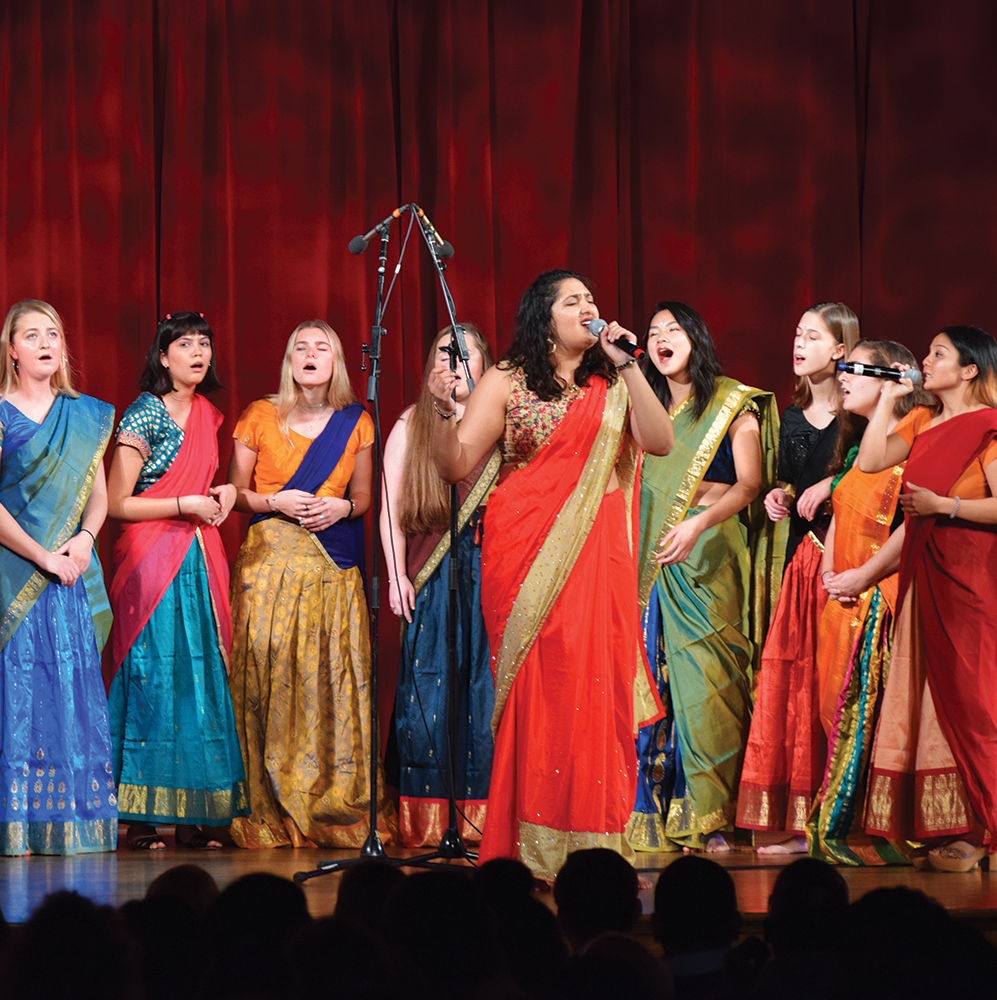
These experiences as de-stressors are irreplaceable for all parties involved, according to Gura.
“Especially at Georgetown, where art isn’t a huge focus for students, I think it’s a huge relief for students to go to performances that aren’t speeches or academic in nature,” Gura said. “This is purely artistic, so it plays a role in entertainment, and it’s a different experience than going to watch something to take notes.”
Performances like these, as well as any student-led performance, can offer different ways to explore conventional forms of media, said Gura.
“It’s definitely something to seek out and to try. I would say this about any type of art or performing art — really seek out stuff like this because after college there’s not gonna be stuff like, ‘Oh, let’s go watch this student-run theater or student a cappella group,’” Gura said. “This is entirely done by students, and it’s a really cool thing.”
A cappella accomplishes two seemingly opposite aims by providing an outlet for a very niche set of people who are experienced in a cappella while also drawing in a multitude of people with widely varying experience in the music world.
The community that a cappella groups build in such a short time also offers a sense of pride, according to Chloe Morris (COL ’23), who recently joined GraceNotes.
“I’m learning from the older girls because they’re so talented,” Morris said. “These girls have perfect pitch, can play the piano, so when I’m learning my part, they help me so much.”
These communities act as supportive environments for people that share this interest, and they provide the space to grow in that interest merely by learning from the other members of the community.
Above all, a cappella groups offer an alternate way to enjoy the classic songs without limiting oneself to one musical style, according to Giacomo.
“It’s possible to recreate versions of songs without instruments that still feel just as full,” Giacomo said. “That bases can still hit such a full range that the sound still sounds really full.”








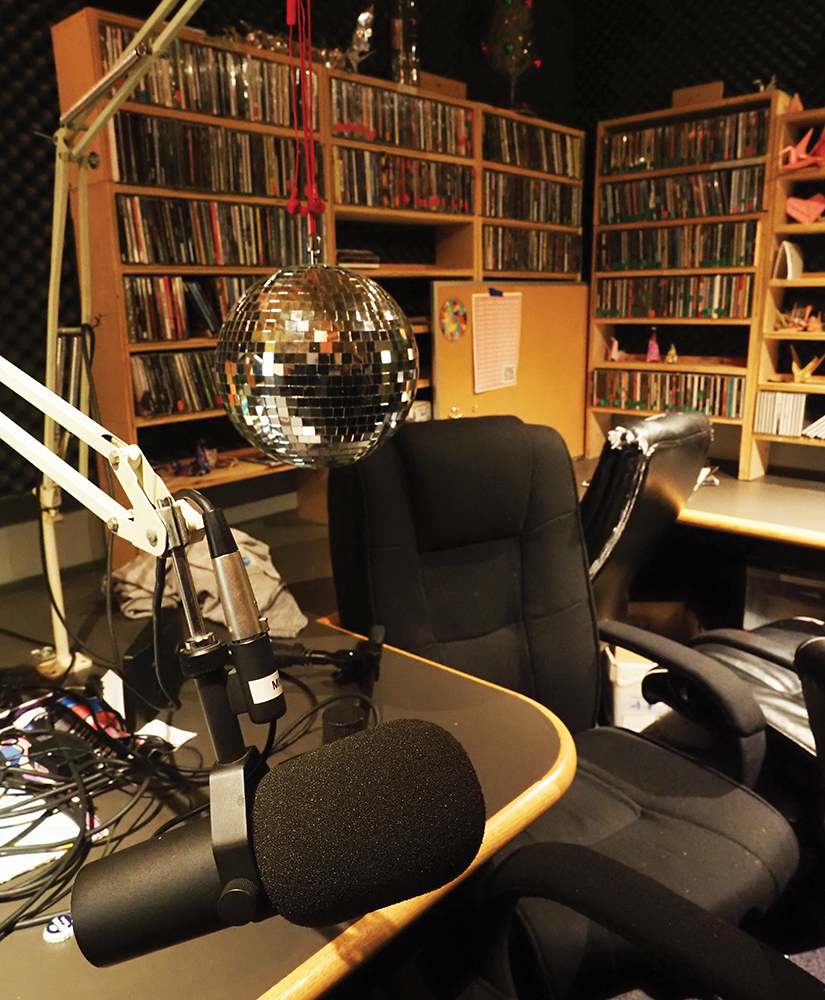
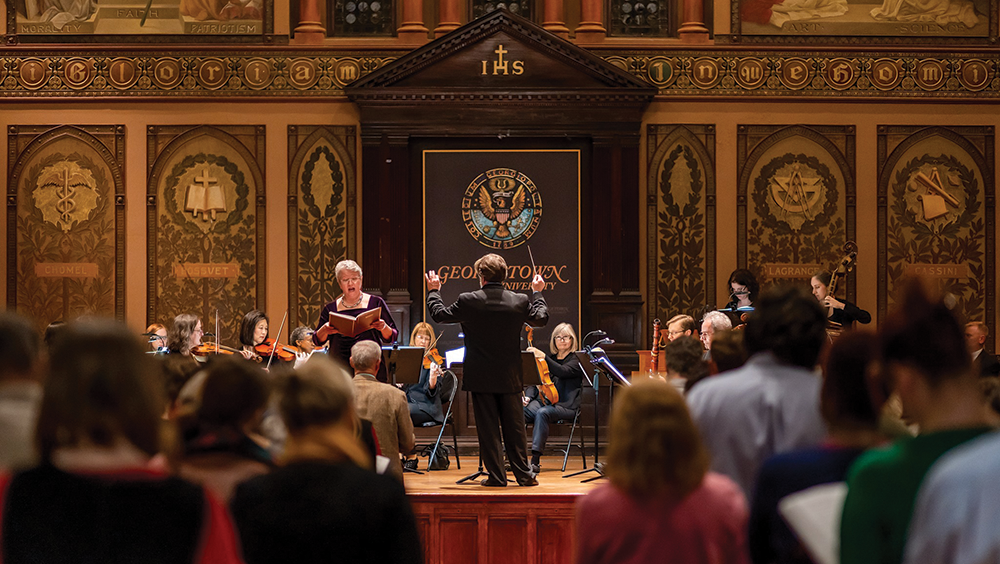
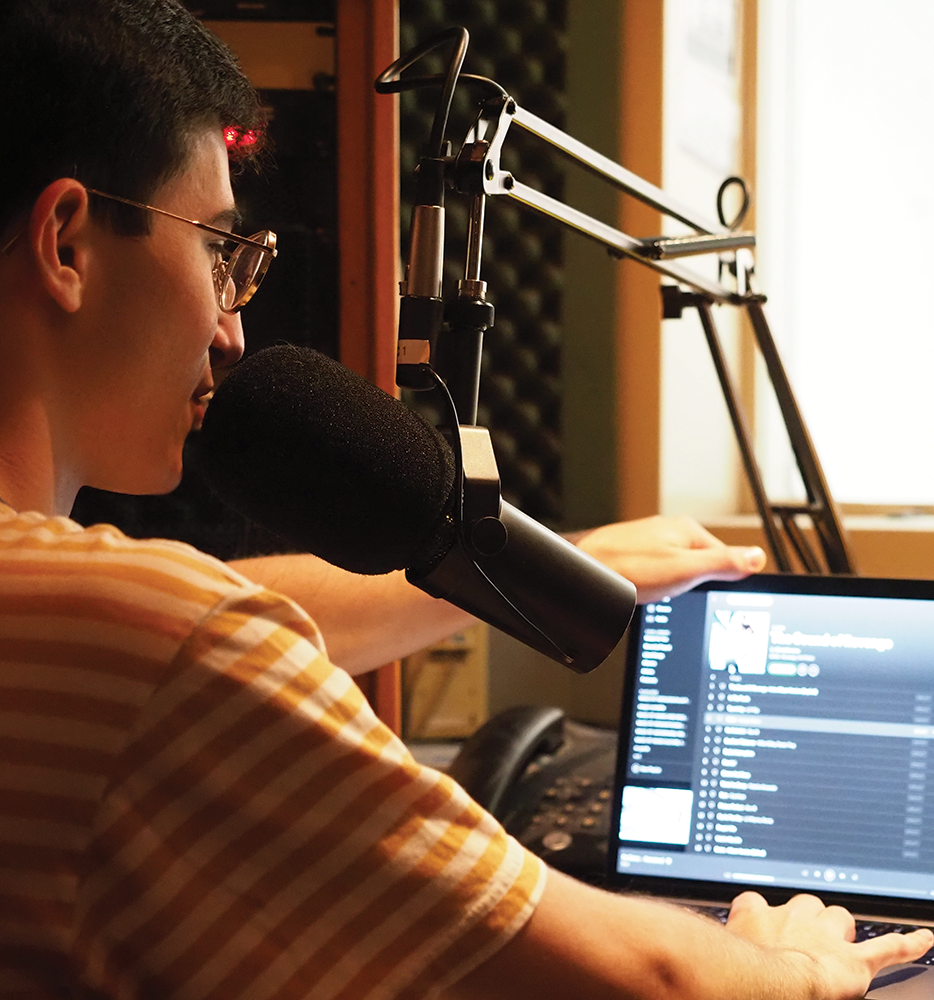

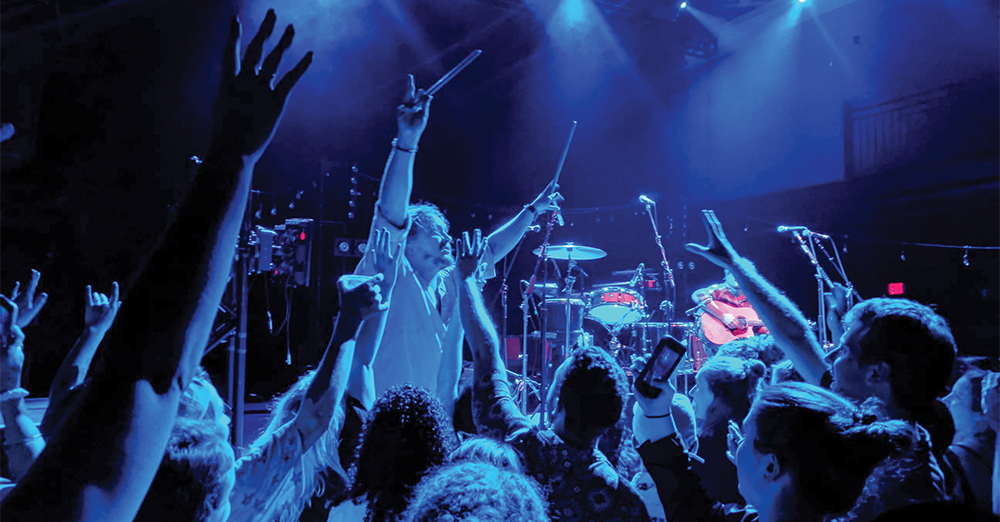







D. Poling • Oct 26, 2019 at 7:07 pm
Great to see the a cappella scene flourishing on campus, but it boggles the mind that the Georgetown’s first —and still flourishing— a cappella group, the Chimes founded not in the 80s, but the 40s wasn’t even mentioned. A terrible oversight.
Johnny Chime • Oct 26, 2019 at 4:40 pm
Interesting article about Georgetown acapella—interesting in that you failed to mention the University’s oldest acapella group, The Georgetown Chimes, founded in 1946, about 40 years earlier than the groups mentioned in the article.